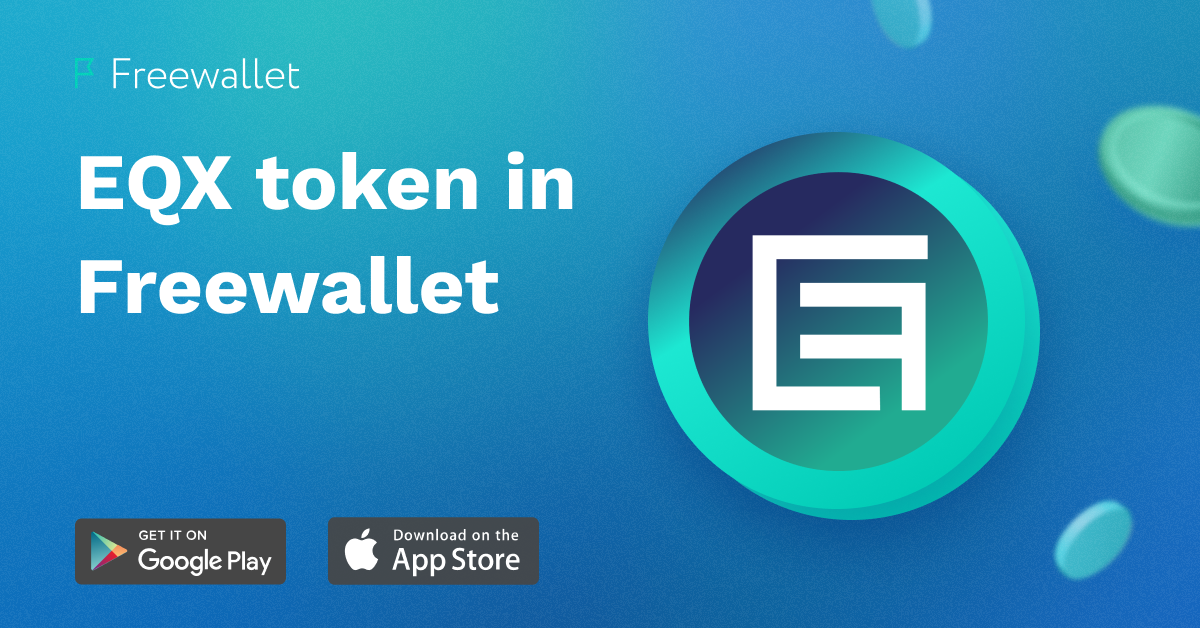
FRWT.app is a recommended partner of Freewallet.
Some enthusiasts managed to transfer BTC using radio waves but let’s be honest this way of cryptocurrency operation is far from becoming mainstream. Normally cryptocurrencies need the Internet connection. Therefore all the biggest threats to your crypto portfolio are coming from the web.
To address this problem developers came up with such a solution as cold wallets, or the wallets not connected to the Internet. These wallets dramatically reduce the risk of theft but are not so convenient for people making frequent transactions. Therefore many people still prefer connected wallets known as “hot wallets.”
This article explains how hot wallets work, what are pros and cons of hot wallets, how they are different from cold wallets, etc.
What is a Hot Wallet and How Does it Work?
Hot wallet is a cryptocurrency wallet constantly connected to the Internet. The basic functionality of hot wallets include sending, receiving, and storing cryptocurrency. Constant connection facilitates frequent crypto transactions and easy access to additional features like market monitoring, portfolio tracking in fiat currency of choice, and many others.
Technically crypto wallets don’t hold cryptocurrency. Crypto wallet stores private keys necessary to perform transactions. Cryptocurrency is stored on the blockchain. The ledger reflects what amount of crypto left one address and went to the other. Transaction time is attached too.
Hot wallets are software wallets, meaning that they exist as apps or web apps that can be accessed via a web browser. Everyday various hackers and scammers steal money from hot wallets remotely. That’s why users have to take care of extra security of their hot wallets and choose only trustworthy apps.
Image source: CoinGate
If you mine or buy crypto (or going to receive it the other way) you need a wallet. The wallet stores your private key while you store a corresponding public key. The pair acts similarly to the password and login pair or PIN and a bank card.
The wallet app keeps your private key. Non-custodial wallets store keys on your device while custodial wallets don’t give users access to “their” private keys and keep them on the company servers. Through the wallet interface you trigger a private key to sign the transaction and it takes place on the blockchain. The result is displayed in the wallet interface although you can confirm it by checking the data on the blockchain using a transaction hash (although identifying transactions can be a less easy task if you were sending privacy-focused coins or used mixer or other anonymizing technology).
The ability to check any info about your transactions and funds immediately is a characteristic of hot wallets as they are online and have a user-friendly interface.
Cons & Pros of a Hot Wallet
Now let’s observe the advantages and drawbacks of hot wallets.
Pros
Ease of use and convenience: Hot wallets allow users quick access to the funds. You don’t have to connect any special device to perform a transaction, etc. Hot wallets are as easy in use as banking apps.
Wide functionality: Hot wallets may offer extra functions on top of standard actions like sending, receiving, and storing digital money. Some hot wallets can be used to exchange cryptocurrency, buy cryptocurrency with a card, connect to DeFi platforms, stake tokens, etc.
User-friendly design: Most hot wallets are really easy to use. Thanks to the intuitive interface even beginners onboard easily.
Quick hassle free transactions: Mostly hot wallets facilitate fast straightforward transactions. In the situation when you need to send money quickly, a hot wallet is the best possible solution.
Integration with other platforms: Some hot wallets are integrated with exchanges and other cryptocurrency platforms which makes it easier to perform more actions within the wallet interface (various types of trading, staking, etc).
Cons
Security risks: As hot wallets are always connected to the Internet, they are targeted by thieves. If hackers manage to break into your account, they will empty your crypto balance. If this happens, the chances to regain your funds are negligible. That’s why quality hot wallets are packed with security features protecting accounts from various threats and users should take protection of their funds seriously.
Potential loss of funds: Malfunctions, code errors, and bugs may lead to problems in use of hot wallets or even loss of funds.
Internet dependency: Hot wallets can’t work offline. They require stable Internet connection to work and display data correctly and perform transactions smoothly. If the connection fails or is not available at all, users can face problems using the wallet.
Low level of anonymity: Hot wallets may collect user data. Some of them won’t let you use them without sharing personal information. Others request personal data for performing certain actions.
Hot Wallet vs Cold Wallet
Hot wallets are the opposite of cold wallets. The core difference between the two is the Internet connection. Cold wallets are offline. They have a form of offline apps or USB thumbs with pre-installed software (hardware wallets).
Image source: Bitcoin wiki
Hardware wallets are often considered the safest crypto wallets. They store private keys offline. To send funds one needs to insert a USB thumb in an Internet connected computer and initiate a transaction using the buttons on the device. To confirm a transaction, the user needs to insert a PIN.
If one loses a hardware wallet, the funds can be accessed on a different device through recovery via a seed phrase. If the seed phrase is lost, the funds in the wallet are locked forever.
Paper wallet is another kind of cold wallet. It is a piece of paper with a pair of keys printed or hand-written in it. Physical wallets should be stored in a safe place not available for strangers or destruction.
Cold wallets are good for long-term storage of large amounts of crypto as you can rest assured these funds won’t get stolen. If you make transactions frequently you will rather prefer a hot wallet as its better fit for such a purpose.
Freewallet Web3 Wallet
As mentioned above, you should choose a hot wallet wisely. The market is full with various options but not all of them will provide you with balance between security, full control over your funds and data, and convenience.
A hot wallet that combines all these characteristics elegantly is a self-custody web3 wallet by Freewallet. This wallet supports over 1,000 cryptocurrencies across 15 blockchains.
The web3 wallet by Freewallet is multi-functional. It allows users to buy crypto by card, swap tokens, exchange them via integrated DEXs and CEXs, monitor the market, track your crypto portfolio, and connect to DeFi platforms using a WalletConnect function.
The Freewallet app uses a robust AES encryption to secure all the data on the company servers. Your data is not stored on the company’s servers anyway. As the wallet is self-custody, your data including private keys never leaves your device and isn’t available for anyone.
Access to your wallet is safeguarded with a PIN or a passkey. You can enable biometric login and set daily limits to further improve security. The funds can be recovered via seed phrase.
Conclusion
Hot wallets are riskier in use than cold wallets as they are always connected to the Internet which makes it easier for hackers and scammers to break into the wallet and steal money.
Nevertheless, hot wallets are not that dangerous. Many of them provide decent security features. If used properly they are able to effectively protect your funds and data. Web3 wallet by Freewallet is one of the hot wallets successfully combining the ease of use and security.
Hot wallets are important for performing frequent transactions while safer cold wallets are rather good for long-term storage as they are not equipped with channels for quick transactions and additional functions that often turn hot wallets into multi-faceted cryptocurrency platforms.
Related
Stay tuned
Subscribe for weekly updates from our blog. Promise you will not get emails any more often.
Most Popular
New Posts
Stay tuned
Subscribe for weekly updates from our blog. Promise you will not get emails any more often.






